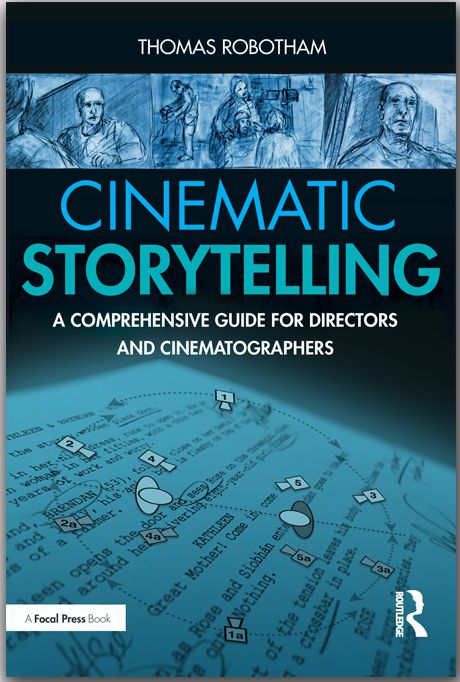book release
Basic concepts
Figuring out what to shoot can be the hardest task that filmmakers face. How do you know what coverage will deliver the story experience? How do you avoid boring, mechanical coverage? How do you lead the audience to your interpretation of the story's meaning?
This book provides a framework and structure for thinking about cinematic storytelling. Scripted story information is linked to patterns of framing. These patterns put the action and performances into a context that is felt by the audience. Through time, this shapes how the audience understands the story. Coverage is a kind of visual sub-text, pointing toward the story implications that the filmmakers choose.
Thinking this way lets filmmakers tap into the way we have all learned to watch movies and television – relying on contextual cues to help us understand and feel the storytelling.
Knowing a broad system lets you tailor coverage to the specifics of your story and your individual interpretations. Creative freedom is the goal.
For book-related guest speaking, seminars or workshops, please use the contact form below.

• 80 illustrations and diagrams
• Dozens of movie scenes analyzed
• Keyframe thinking instead of shots
• Connections from script to screen
• Patterns for six visible elements
• Patterns are developed and interconnected
• How scenes are cinematically shaped
• Focus on original and not rote coverage
• Details from script to coverage plan to shots
• Full reference and cross-application guide
contact
• Guest Speaker • Seminars & Workshops •